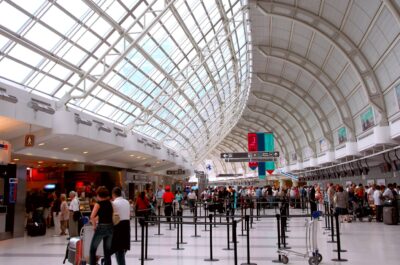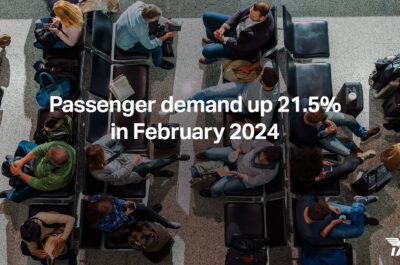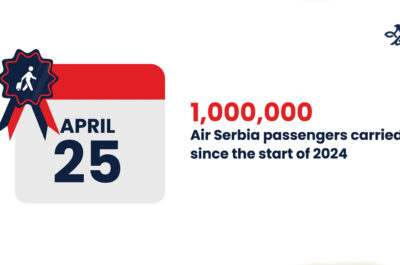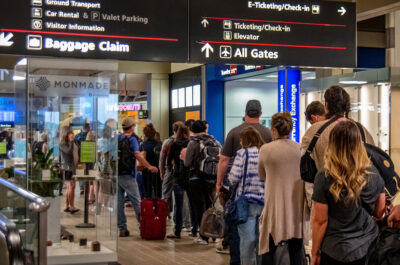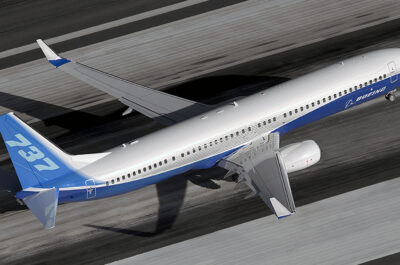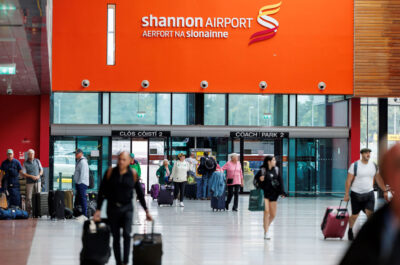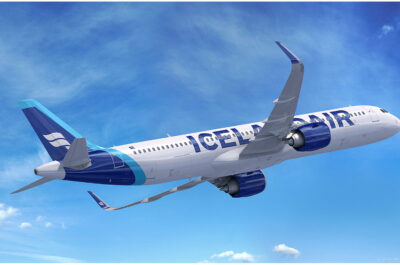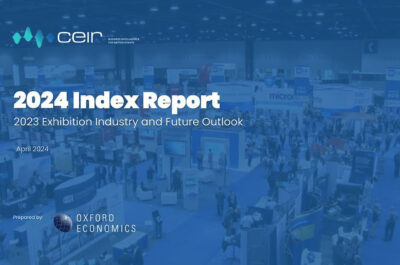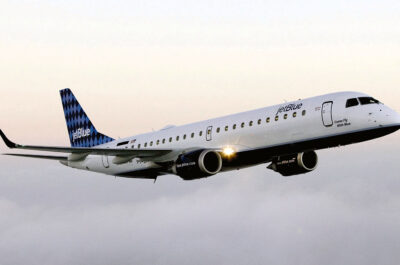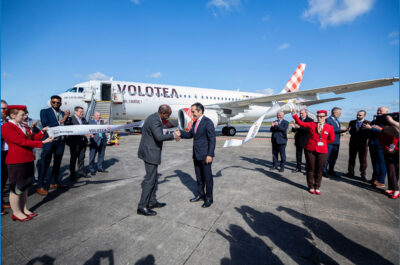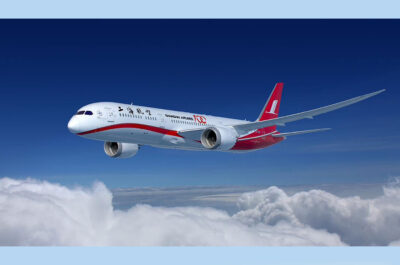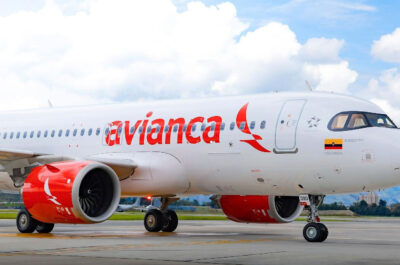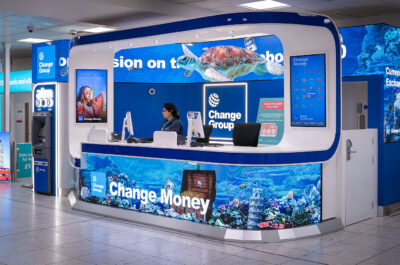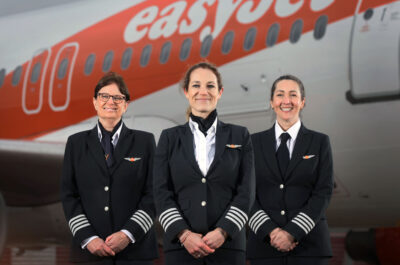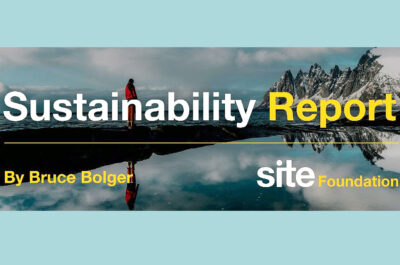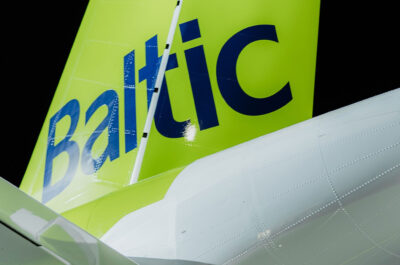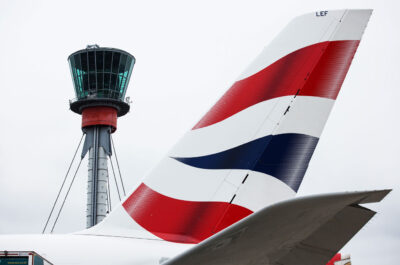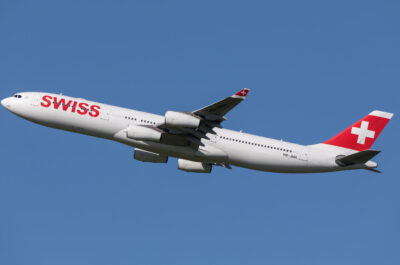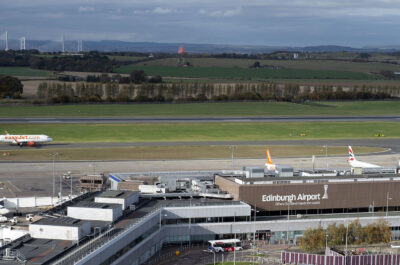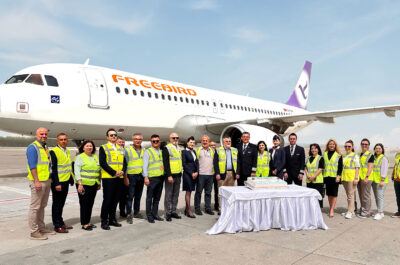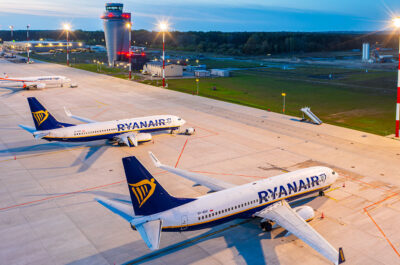May international passenger demand rose 7.1% compared to May 2014, with airlines in all regions except Africa recording growth. Total capacity climbed 6.7%, pushing load factor up 0.3 percentage points to 78.4%.
GENEVA – The International Air Transport Association (IATA) announced global passenger traffic results for May showing strong demand growth compared to May 2014 for both domestic and international traffic. Total revenue passenger kilometers (RPKs) rose 6.9%, which was an improvement on the April year-over-year increase of 5.7%. May capacity (available seat kilometers or ASKs) increased by 6.5%, and load factor rose 0.3 percentage points to 79.3%.
“May results confirm that demand for connectivity remains robust, but there are possible storm clouds forming on the horizon. The financial crisis in Greece and recent weakness in regional trade activity in Asia-Pacific have the potential to dampen performance in these markets in the coming months” said Tony Tyler, IATA’s Director General and CEO.
|
May 2015 vs. May 2014 |
RPK Growth |
ASK Growth |
PLF |
|
International |
7.1% |
6.7% |
78.4% |
|
Domestic |
6.6% |
6.2% |
81.0% |
|
Total Market |
6.9% |
6.5% |
79.3% |
|
YTD 2015 vs. YTD 2014 |
RPK Growth |
ASK Growth |
PLF |
|
International |
6.5% |
6.2% |
78.2% |
|
Domestic |
6.1% |
5.4% |
80.4% |
|
Total Market |
6.3% |
5.9% |
79.0% |
International Passenger Markets
May international passenger demand rose 7.1% compared to May 2014, with airlines in all regions except Africa recording growth. Total capacity climbed 6.7%, pushing load factor up 0.3 percentage points to 78.4%.
- Asia-Pacific airlines’ May traffic jumped 9.4% compared to the year-ago period. Capacity rose 6.8% and load factor climbed 1.8 percentage points to 76.0%. The strong performance occurred despite weakness in regional trade activity during recent months.
- European carriers saw demand increase by 5.9%. Growth has been robust despite Europe’s economic woes; however a further worsening of the Greek financial crisis could bring this positive trend under significant pressure. Capacity climbed 4.1% and load factor rose 1.4 percentage points to 81.6%, highest among the regions.
- North American airlines’ traffic rose 2.0% compared to May a year ago, which was an improvement on the April rise of 0.7%. Capacity climbed 4.2% and load factor fell 1.7 percentage points to 81.1%. Expectations for better economic performance in Q2 should support demand for air travel, but the strengthening dollar likely will continue to place downward pressure on international leisure travel to the US.
- Middle East carriers’ May demand soared 14.0% over the same month in 2014. Markit’s measures of business activity in non-oil sectors continue to show improvement and point to strong growth. The result also could reflect some additional travel prior to the arrival of the month-long Ramadan period that began in June. Capacity rose 19.7% and load factor fell 3.7 percentage points to 74.6%.
- Latin American airlines experienced a 7.4% rise in traffic compared to May 2014. Capacity climbed 6.8% and load factor rose 0.4 percentage points to 80.2%. Regional trade volumes have continued to improve, which has provided a boost to business related international travel despite weakness in Argentina and Brazil.
- African airlines’ traffic fell 3.9% in May year-to-year, most likely owing to adverse economic developments in parts of the continent, including Nigeria, Africa’s largest economy, which relies heavily on oil revenues. Capacity dropped faster than demand, slipping 4.9%, with the result that load factor improved 0.7 percentage points to 64.6%.
Domestic Passenger Markets
Domestic travel demand rose 6.6% in May compared to May 2014, with the strongest growth occurring in India and China. Domestic capacity was up 6.2%, and load factor improved 0.3 percentage points to 81.0%.
| May 2015 vs May 2014 | RPK Growth | ASK Growth | PLF |
| Australia | -1.3% | -1.7% | 72.2% |
| Brazil | 0.8% | 0.9% | 78.6% |
| China P.R | 12.7% | 11.6% | 80.1% |
| India | 18.2% | 7.7% | 87.4% |
| Japan | 4.8% | 0.9% | 66.0% |
| Russian Federation | 4.4% | 14.0% | 68.2% |
| US | 4.3% | 4.9% | 86.0% |
| Domestic | 6.6% | 6.2% | 81.0% |
- India’s domestic demand accelerated 18.2% in May compared to May 2014 likely owing to market stimulation by local carriers as well as notable improvements in economic growth.
- China domestic traffic climbed 12.7% year-over-year. Although GDP growth slowed slightly in the first quarter compared to the fourth quarter of 2014, this does not appear to have caused a weakening in air travel demand.
The Bottom Line
“As we enter the busy summer travel season in the northern hemisphere, many millions of people will rely on aviation to explore the world or re-connect with friends and family. The mobility that is taken for granted by these travelers is the result of the efforts of 2.5 million air transport professionals working in careful cooperation to ensure safe journeys. It will also be clear that in many cases the infrastructure is insufficient to meet demand. Delays and crowded airports should send strong signals to government leaders to address critical choke points, implement risk-based security and advance much needed air traffic management modernization in many parts of the world. NextGen in the US and the Single European Sky are the best known programs which need political will to move forward. And in China, despite best efforts to minimize delays there is still much more work to be done,” said Tyler.
IATA Passenger Analysis May 2015
Tatiana is the news coordinator for TravelDailyNews Media Network (traveldailynews.gr, traveldailynews.com and traveldailynews.asia). Her role includes monitoring the hundreds of news sources of TravelDailyNews Media Network and skimming the most important according to our strategy.
She holds a Bachelor's degree in Communication & Mass Media from Panteion University of Political & Social Studies of Athens and she has been editor and editor-in-chief in various economic magazines and newspapers.















